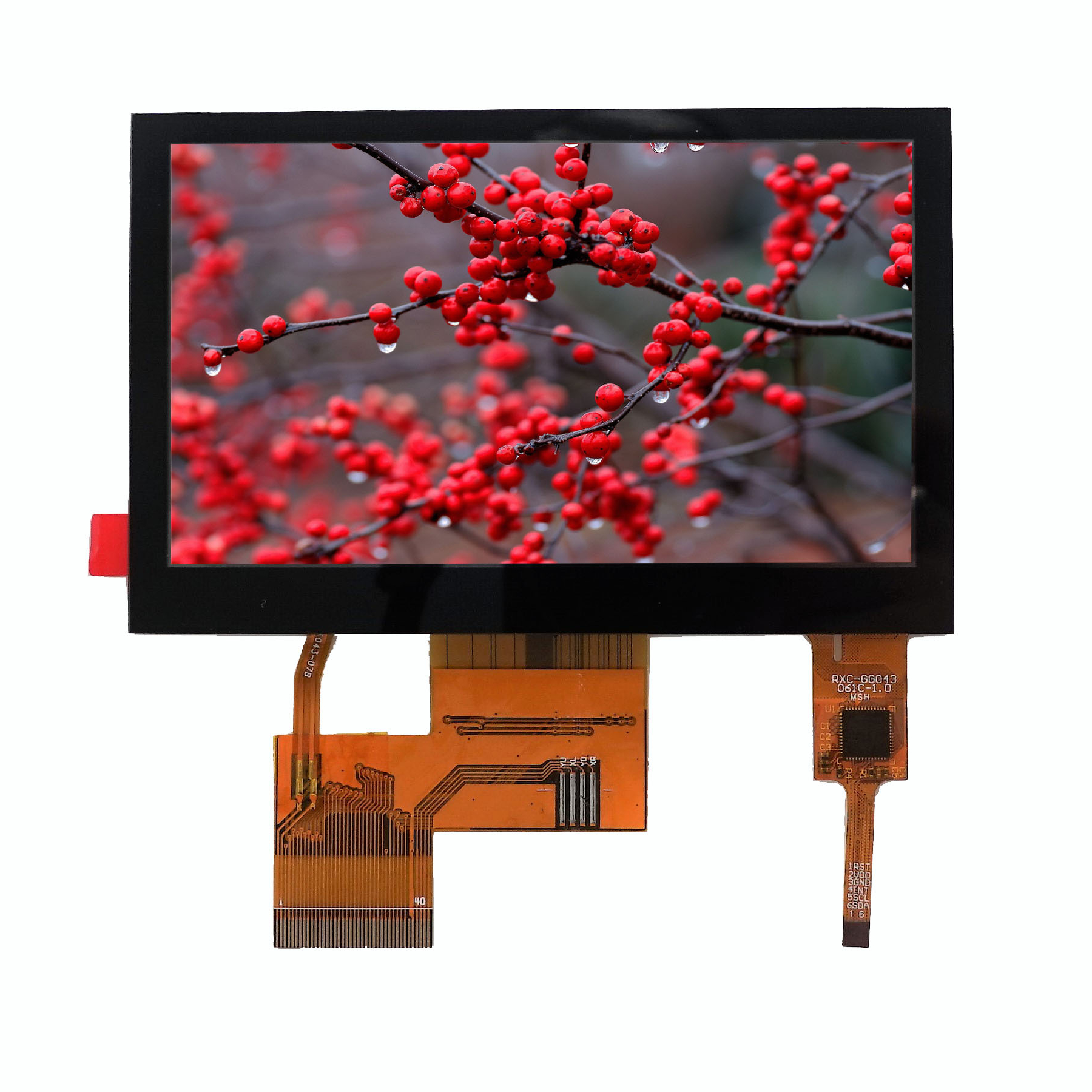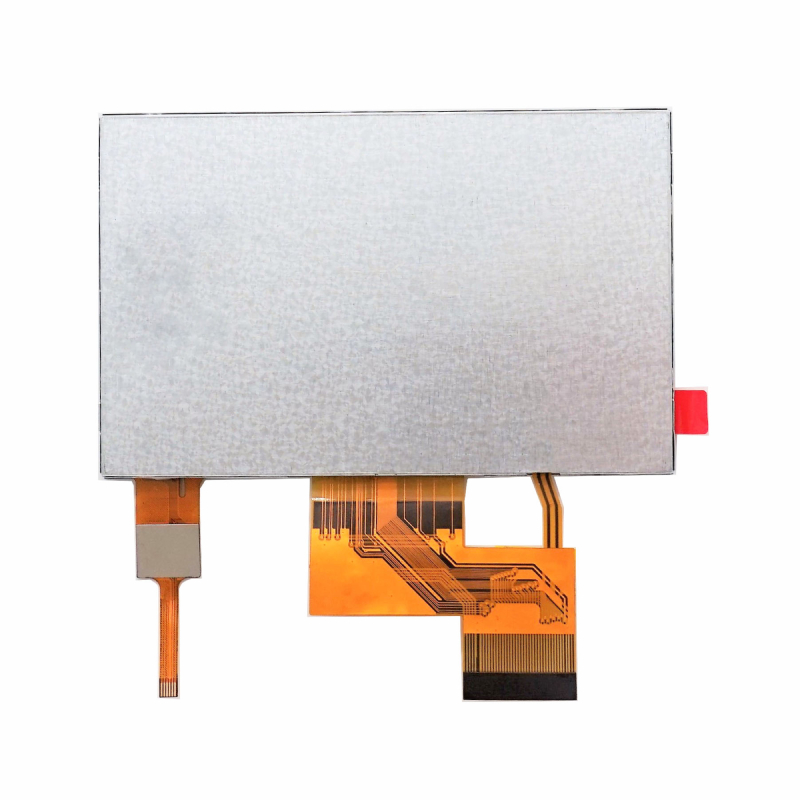LCD display screen is the most common display device in our daily life and work. It can be found in computers, televisions, mobile devices, and various other electronic products. The liquid crystal module not only provides high-quality visual effects, but also delivers information through its main interface. This article will focus on the main interface and product description of Tft Display.
The main interface of Tft Display is implemented through different interface technologies. Some of the common interface technologies include RGB, LVDS, EDP, MIPI, MCU, and SPI. These interface technologies play a key role in the design and functionality of LCD screens.
The RGB interface is one of the most common LCD display screen interfaces. It creates images from pixels of three colors: red (R), green (G), and blue (B). Each pixel is represented by a different combination of these three basic colors, resulting in a high-quality color display. RGB interfaces are available on many traditional computer monitors and television screens.
The LVDS (Low Voltage Differential Signaling) interface is a common interface technology used for high-resolution liquid crystal modules. It is a low-voltage differential signal technology interface. A digital video signal transmission method developed to overcome the shortcomings of high power consumption and high EMI electromagnetic interference when transmitting broadband high bit rate data at TTL level. The LVDS output interface uses a very low voltage swing (about 350mV) to differentially transmit data on two PCB traces or a pair of balanced cables, that is, low-voltage differential signal transmission. The use of LVDS output interface allows signals to be transmitted on differential PCB lines or balanced cables at a rate of several hundred Mbit/s. Due to the use of low voltage and low current driving methods, low noise and low power consumption are achieved. It is mainly used to increase the data transmission speed of the screen and reduce electromagnetic interference. By using the LVDS interface, LCD screens can transmit large amounts of data simultaneously and achieve higher image quality.


The EDP (Embedded DisplayPort) interface is a new generation of Tft Display interface technology for laptops and tablets. It has the advantages of high bandwidth and high data transfer rate, which can support high resolution, high refresh rate and richer color performance. It is mainly used to increase the data transmission speed of the screen and reduce electromagnetic interference. By using the LVDS interface, LCD screens can transmit large amounts of data simultaneously and achieve higher image quality. The EDP interface enables the LCD display screen to have better visual effects on mobile devices.
MIPI (Mobile Industry Processor Interface) is a common interface standard for mobile devices. The MIPI interface can transmit high-quality video and image data with low power consumption and high bandwidth. It is widely used in LCD screens of mobile devices such as smartphones and tablets.
The MCU (Microcontroller Unit) interface is mainly used for some low-power, low-resolution Tft Displays. It is commonly used in simple electronic devices such as calculators and smart watches. The MCU interface can effectively control the display and functions of the LCD display screen while having lower power consumption. Data bit transmission includes 8-bit, 9-bit, 16-bit and 18-bit. The connections are divided into: CS/, RS (register selection), RD/, WR/, and then the data line. The advantages are: simple and convenient control, no clock and synchronization signals required. The disadvantage is: it consumes GRAM, so it is difficult to achieve a large screen (QVGA or above).
SPI (Serial Peripheral Interface) is a simple and common interface technology used to connect some small computers, such as smart watches and portable devices. The SPI interface provides faster speeds and smaller package size when transmitting data. Although its display quality is relatively low, it is suitable for some devices that do not have high requirements for display effects. It enables the MCU and various peripheral devices to communicate in a serial manner to exchange information. SPI has three registers: control register SPCR, status register SPSR and data register SPDR. Peripheral equipment mainly includes network controller, Tft Display driver, FLASHRAM, A/D converter and MCU, etc.
To sum up, the main interface of LCD display screen covers a variety of interface technologies such as RGB, LVDS, EDP, MIPI, MCU and SPI. Different interface technologies have different applications in different Tft Displays. Understanding the characteristics and functions of LCD screen interface technology will help us choose liquid crystal module products that suit our needs, and better utilize and understand the working principle of LCD screens.
Welcome customers with needs to find us!
E-mail: info@rxtplcd.com
Mobile/Whatsapp/WeChat: +86 18927346997
Website: https://www.rxtplcd.com
Post time: Nov-29-2023



